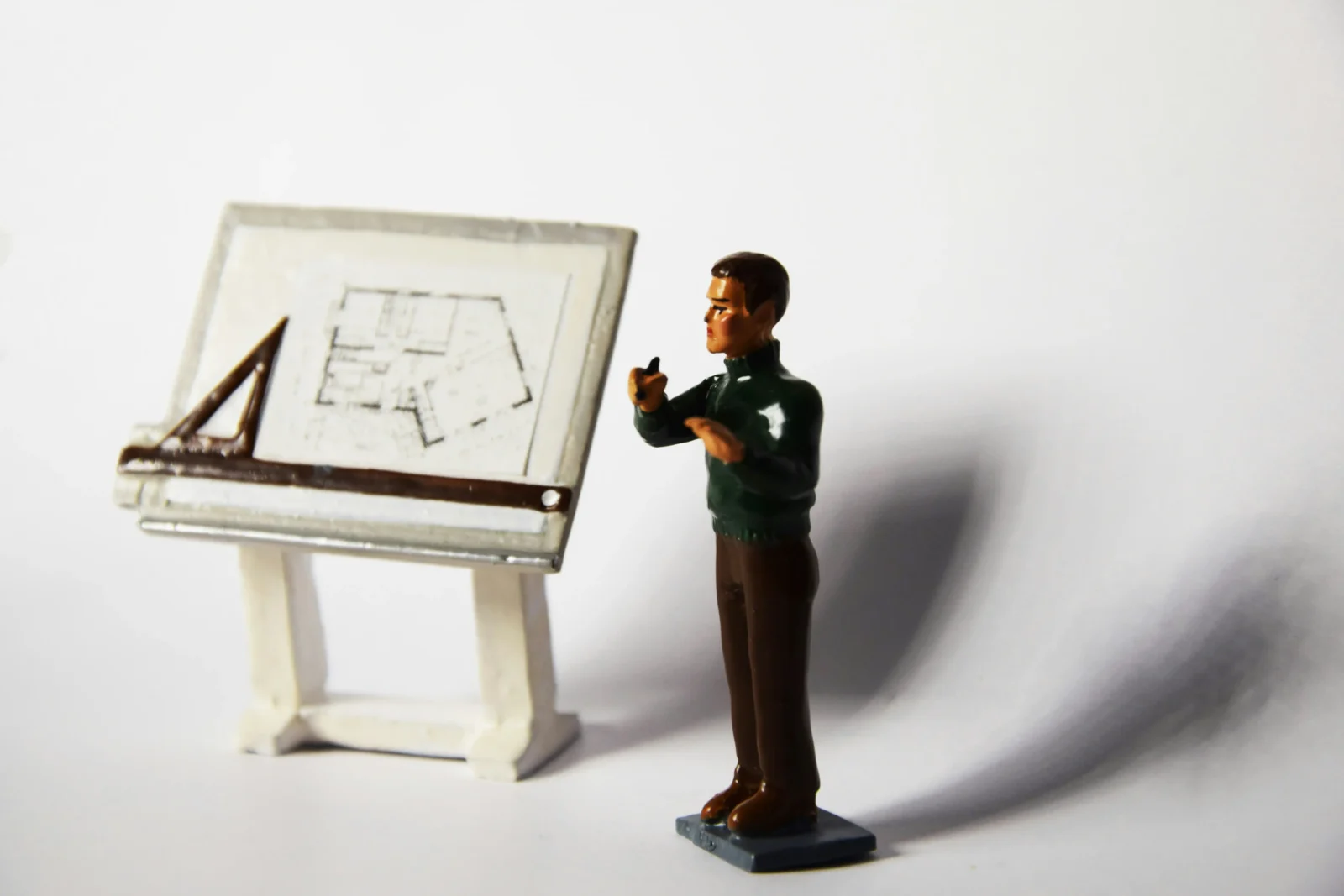- Home
- Articles
- Architectural Portfolio
- Architectral Presentation
- Inspirational Stories
- Architecture News
- Visualization
- BIM Industry
- Facade Design
- Parametric Design
- Career
- Landscape Architecture
- Construction
- Artificial Intelligence
- Sketching
- Design Softwares
- Diagrams
- Writing
- Architectural Tips
- Sustainability
- Courses
- Concept
- Technology
- History & Heritage
- Future of Architecture
- Guides & How-To
- Art & Culture
- Projects
- Interior Design
- Competitions
- Jobs
- Store
- Tools
- More
- Home
- Articles
- Architectural Portfolio
- Architectral Presentation
- Inspirational Stories
- Architecture News
- Visualization
- BIM Industry
- Facade Design
- Parametric Design
- Career
- Landscape Architecture
- Construction
- Artificial Intelligence
- Sketching
- Design Softwares
- Diagrams
- Writing
- Architectural Tips
- Sustainability
- Courses
- Concept
- Technology
- History & Heritage
- Future of Architecture
- Guides & How-To
- Art & Culture
- Projects
- Interior Design
- Competitions
- Jobs
- Store
- Tools
- More

I’ve walked into spaces that made me pause—not because of their beauty, but because they felt like they were telling me something. That’s the power of narrative architecture. It’s not just about walls and layouts. It’s about constructing stories through spatial cues, emotional rhythm, and a deliberate sequence of experience. Unlike traditional design, which prioritizes form or function, narrative architecture pushes you into the story, making you part of the arc.
The first time I recognized this was during a museum visit in Berlin. The exhibition halls didn’t just display artifacts—they guided me through tension, silence, and release. Every turn was a plot twist. That moment changed how I viewed space, especially in how it can influence perception, emotion, and even behavior.
Table of Contents
ToggleSmart Environments That Increase Your Reach
A compelling story requires more than good writing—it needs the right stage. In narrative architecture, smart environments act as that stage, enhancing interaction and tailoring the story to the user’s behavior. Whether in a physical installation or a digital world, responsive systems and integrated tech allow environments to talk back.
When I worked on a retail pop-up design last year, we used motion sensors to trigger lighting shifts depending on the user’s pace. It changed how they moved through the space. Interestingly, environments with interactive elements saw a 48% increase in dwell time, showing how they can significantly increase your reach and keep people engaged longer than static setups.
This kind of integration isn’t just flair, it supports narrative pacing. Like a well-timed scene change in film, spatial shifts cue emotional responses.
From Blueprint to Suspense Curve
Think of your floor plan like a screenplay. Each area, entry, corridor, focal zone—acts like an act in a play. Good narrative architecture doesn’t just funnel people from point A to point B. It asks, what do you want them to feel along the way?
A friend of mine studying interactive museum design once told me they design “pause zones” between intense exhibits, much like a director includes moments of silence between climactic scenes. That’s deliberate. The user isn’t just in the space; they’re reacting to it.

Through manipulating scale, sound, lighting, or even scent, designers create spatial drama. These aren’t just gimmicks—they build emotional arcs. And those arcs are what people remember.
Digital Dimensions: Views4You and Virtual Storytelling
Now, shift that idea into the digital realm. Narrative architecture thrives in virtual environments where the rules are flexible and layered. UX designers, game developers, and even marketers now apply these principles to create immersive experiences online.
Take landing pages with progressive disclosure. Instead of bombarding the user with all the info at once, the layout unfolds like a story—holding attention and guiding action.
I’ve seen brands do this with eerie precision. Platforms like Views4You leverage content strategy to increase depth of interaction, using layered media, animation, and pacing that mirrors physical storytelling.
There’s a reason digital campaigns built around emotional journey maps report a 52% boost in user conversion—people want to be part of a story, not just passive observers.
When Buildings Speak: Real-World Case Studies
Let’s look at physical spaces that practically narrate their own identity. The High Line in New York isn’t just a walkway—it’s a chaptered experience. The designers choreographed how people enter, view the skyline, pause at gardens, and exit.
Or consider the Jewish Museum in Berlin. The voids, the zigzag floor plan, the unmarked doors—every element is storytelling through space. You don’t need a guide. The building itself speaks.
Even boutique hotels are adopting narrative architecture. Some design each floor to represent a different emotion or theme. It’s clever—not just for Instagrammability—but for memory retention. People remember how places make them feel.
Why This Matters More Than Ever
We live in a fractured media environment. Short attention spans, constant noise, and passive scrolling have made it harder than ever to truly connect. Narrative architecture slows us down. It’s tactile, intentional, and rooted in human psychology.
Whether it’s the quiet pause between two narrow hallways or the suspense built into a scrolling web animation, this design philosophy creates continuity in a fragmented world. That’s why I return to it again and again—not because it’s trendy, but because it works.
I’ve designed spaces where I saw people visibly moved. I’ve watched them take out their phones to photograph a corridor—not because it was pretty, but because it felt like part of a bigger story. And that’s the whole point.
FAQs
What makes narrative architecture different from traditional architecture?
Narrative architecture focuses on creating emotional or experiential journeys through space, rather than just functionality or aesthetics. It embeds storytelling into the structure itself.
Can narrative architecture be used in digital products?
Absolutely. Many UX designers use spatial metaphors and guided journeys in app and web design to enhance user engagement and emotional response.
Is narrative architecture only for large-scale projects?
Not at all. Even small studios, pop-ups, or personal portfolios can use narrative elements to make spaces or interfaces more immersive and memorable.
illustrarch is your daily dose of architecture. Leading community designed for all lovers of illustration and #drawing.
Submit your architectural projects
Follow these steps for submission your project. Submission FormLatest Posts
5 Things to Prepare Before Making Financial or Legal Commitments
Are you planning to sign an agreement, invest money, or take an...
Best Resources for Aspiring Architects Today
Architecture schools teach design theory really well. But they often skip the...
Architecture Mapping & GIS Tools and Resources in 2025
A comprehensive guide to the best architecture mapping tools and GIS platforms...
The Growing Demand for Accessible Home Features
Home should be the easiest place to move, cook, rest, and connect....












Leave a comment